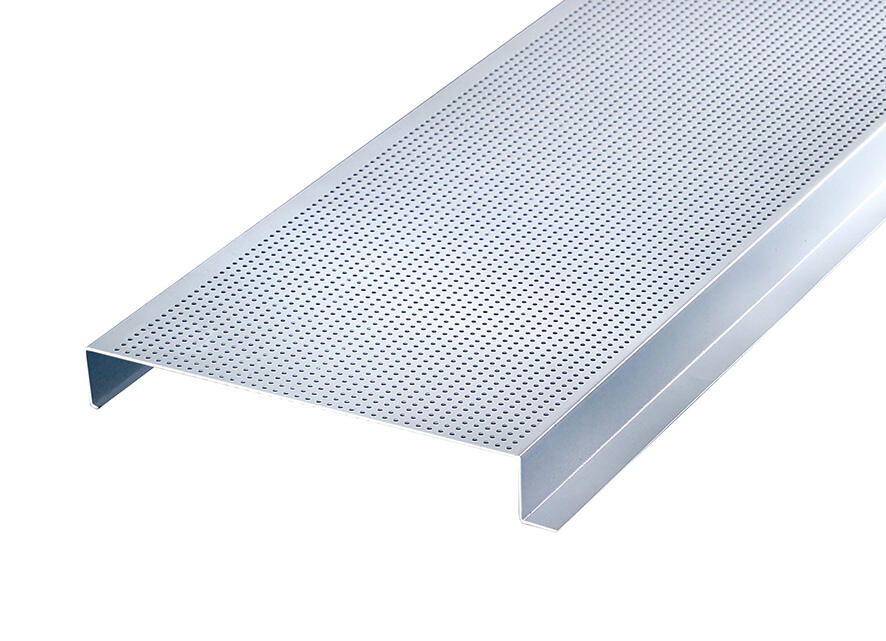aluminium linear ceiling
Aluminium linear ceiling systems represent a modern architectural solution that combines aesthetic appeal with practical functionality. These systems consist of parallel aluminum strips or panels that create a sleek, continuous appearance across the ceiling surface. The panels are manufactured from high-grade aluminum alloy, offering exceptional durability and resistance to environmental factors. The system's design allows for easy integration of lighting, air conditioning, and other building services while maintaining a clean, linear appearance. Each panel is precision-engineered to ensure perfect alignment and seamless installation, with the strips typically ranging from 84mm to 300mm in width. The panels can be customized in various finishes, including powder-coated colors, wood-grain effects, and brushed metal appearances. One of the key technical features is the carrier system that supports the panels, designed for both stability and flexibility in installation. The ceiling system also incorporates acoustic properties through perforated panels and sound-absorbing materials, contributing to improved room acoustics. These ceilings find applications in diverse settings, from corporate offices and retail spaces to transportation hubs and educational facilities, where their combination of functionality and aesthetics proves particularly valuable.


